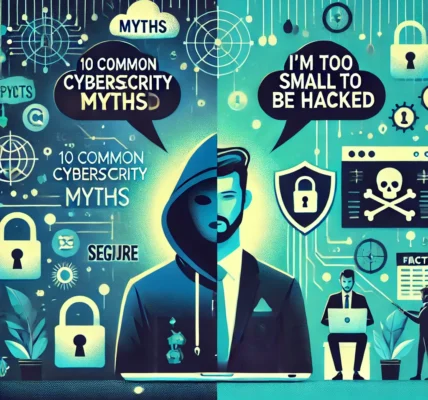The digital landscape is constantly evolving, and with it, the tools and techniques employed by malicious actors. Cybersecurity professionals are perpetually engaged in a race against increasingly sophisticated threats. Recently, a new tool has emerged on the dark web, whispered about in hushed tones among hackers: GhostGPT. This AI-powered tool promises unprecedented stealth and effectiveness, raising serious concerns about the future of online security.
GhostGPT: Unveiling a New Stealth Weapon 
GhostGPT represents a significant leap forward in malicious AI applications. Unlike traditional malware, which often relies on detectable patterns and signatures, GhostGPT leverages advanced machine learning algorithms to dynamically adapt and morph its behavior. This makes it incredibly difficult for traditional antivirus software and intrusion detection systems to identify and neutralize. Its very existence highlights the growing danger of AI-driven cyberattacks.
The potential applications of GhostGPT are chilling. It can be used to craft highly personalized phishing emails, bypassing spam filters with ease. Imagine receiving an email seemingly from your bank, written in your usual conversational style, requesting sensitive information. GhostGPT can create such convincing lures, significantly increasing the likelihood of successful attacks.
Furthermore, GhostGPT can be utilized for automated penetration testing, probing systems for vulnerabilities with an efficiency that surpasses human hackers. This allows attackers to quickly identify and exploit weaknesses, potentially gaining access to sensitive data or crippling critical infrastructure. The speed and adaptability of this AI tool pose a serious threat to organizations of all sizes.
Inside the Hacker’s Toolkit: GhostGPT’s Power
At the heart of GhostGPT’s power lies its ability to generate highly realistic and context-aware content. This allows it to craft malicious code that blends seamlessly into legitimate systems, making detection extremely challenging. It can even mimic the coding style of specific developers, further obscuring its malicious intent. This level of sophistication makes GhostGPT a formidable weapon in the hands of skilled hackers.
Another key feature of GhostGPT is its autonomous learning capabilities. The AI can analyze vast amounts of data, identifying patterns and vulnerabilities in target systems. This allows it to constantly refine its attack strategies, adapting to new security measures and evolving defenses. This continuous learning process makes GhostGPT a constantly moving target, challenging even the most advanced security teams.
Beyond its technical capabilities, GhostGPT’s availability on the dark web is particularly concerning. Its accessibility to a wider range of malicious actors, including those with limited technical skills, significantly lowers the barrier to entry for sophisticated cyberattacks. This democratization of advanced hacking tools poses a significant risk to the overall security landscape.
The emergence of GhostGPT underscores the urgent need for enhanced cybersecurity measures. Traditional security approaches are struggling to keep pace with the rapid advancements in AI-powered attack tools. Organizations must invest in sophisticated AI-driven defense systems and adopt a proactive approach to cybersecurity, focusing on threat hunting and vulnerability management. The future of online security hinges on our ability to stay ahead of evolving threats like GhostGPT, ensuring a safe and secure digital world.
More AI content can be found here






